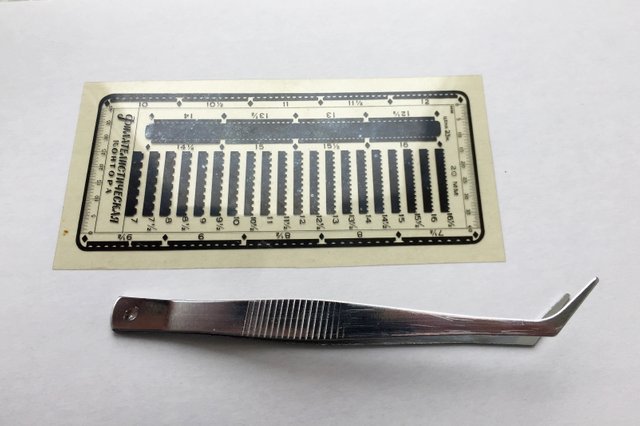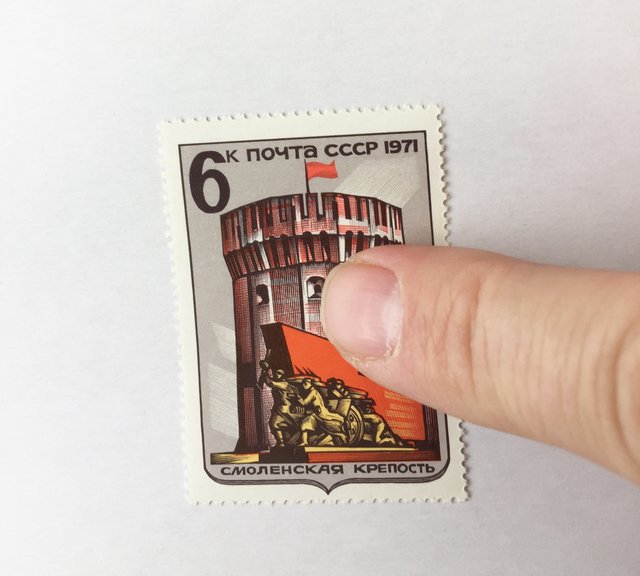Commandment of the Philatelist: Look and don't breathe! Part III
In order to be honored by placing to the collection, the stamp must be perfect in quality. It should have even ‘teeth’, watermarks and, most importantly, the presence on the back of perfectly smooth glue, without the marks of stickers, cracks and other damages. Some stamps (especially those that were released long ago when the technologies were not so advanced) were originally issued without watermarks and glue — that is why they are traditionally considered the first candidates for forgery — buying them, you should always be careful.
The same stamp can have dozens of varieties, each of which is cataloged and therefore should be present in your collection. These differences are often not visible ‘to the naked eye’. For example, the number of ‘teeth’ from the perforation matters — it varies from 7 to 16½. You couldn't realise 11 of them or 11½, it is simply impossible without a special tool called zubtsemer, or ’teeth-meter’ in Russian. Also, the varieties of the stamps differ in the type of paper, the shades of color, the type of print, etc. On one page of the stamp-album there can be up to twenty variations of the stamps, which, at a glance, will not distinguish from each other. And only the inquisitive eye of the philatelist (armed with zubtsemer and magnifying glass), under the light of a bright lamp, will see difference here.
Photo below: Philatelist tools. Tweezers’ configuration is not so important, you can borrow one from your wife. Another thing is a ‘teeth-meter’ (sorry, don’t know English equivalent of zubtsemer). This one is my father’s. Once dad said quite seriously — keep it carefully as your eyes, such kind of measure is not produced anymore. It seems the usual print on thin transparent plastic. But here you go: I can’t buy something similar in Russian philatelist shops, only thick metal ones are on sale — and they are really uncomfortable.
The main enemy of the philatelic collection is a water. The most valuable species are recommended to be stored in sealed safes, where no moisture enters. Stamp should not be taken by hand, even if they seem dry and clean. Collectors use tweezers, and, taking the stamps, stop breathing — literally. Philately is one of the most ‘fragile’ types of collectibles, even collecting glass or porcelain products requires less precautions.
Photo: For sure, my father would not approve such a barbarity — pressing the stamp with finger. The 70's are not as valuable as the earlier issues though. But if I would even try to touch the 1935 Levanevsky!..

